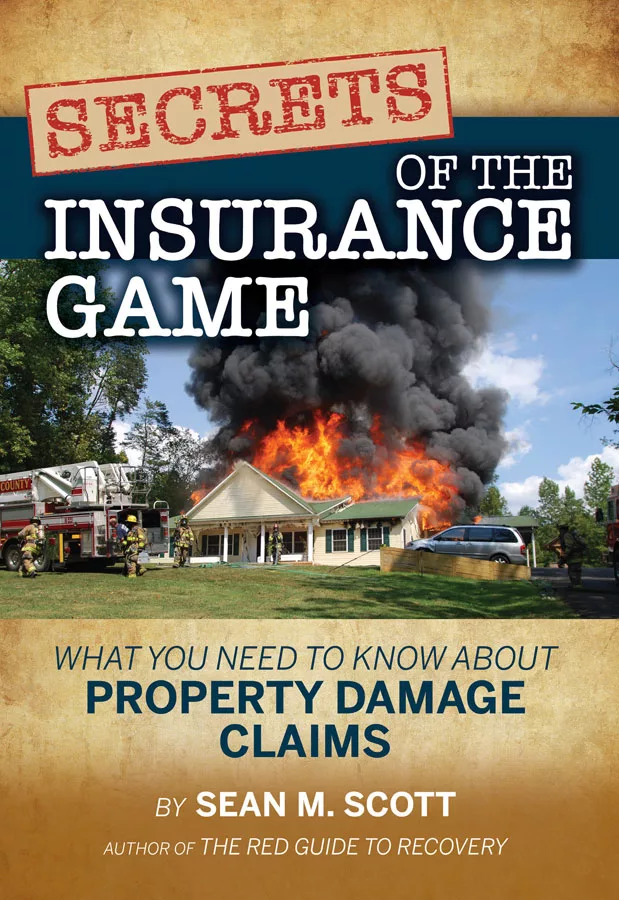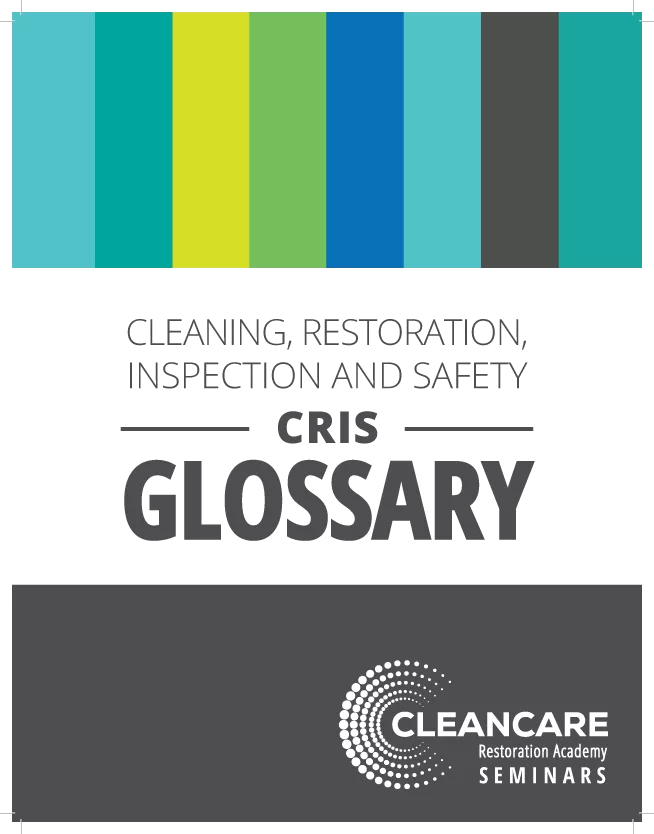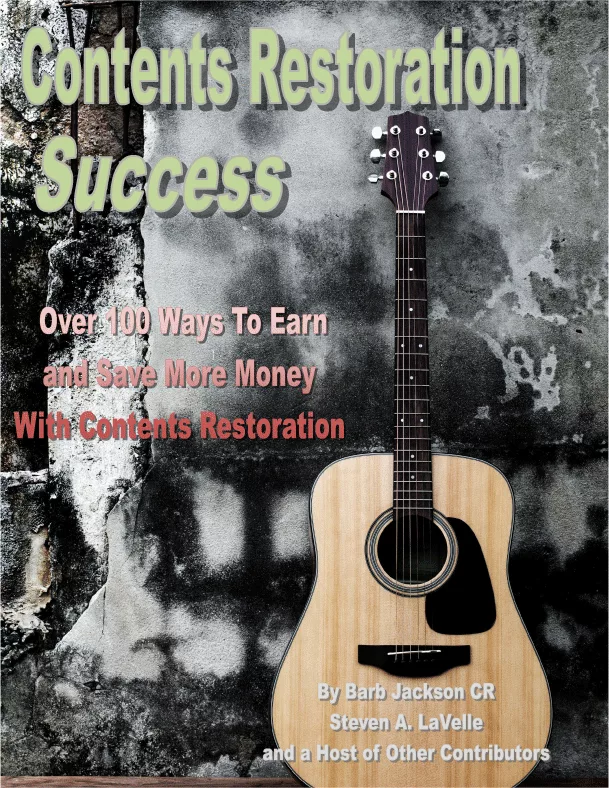The Wonderful World of Containment
The purpose of containment, from plastic wrap to the Ionosphere.

Images courtesy of Chuck Boutall.
The fundamental idea on containment is simple: keep one or more contaminants in or out of an area. Quite literally, a containment is an isolation system. Containment is designed to stop, slow, or control the exchange of one or more contaminants from one spatial environment to another. In the restoration world, we think of it as “specialized.” The truth is, it is so common, we use it, live in it, and work in it every day, no matter what you do for a living. Containment truly permits life on Earth; without containment, Earth would be a dead planet.
So, what is a contaminant? And what are the contaminant(s) that the containment is to control and to what level? Ask a contractor about containment and many think: OSHA = Engineering Control
A contaminant may be defined as: A polluting or poisonous substance that makes something impure (as in the Apple dictionary), undesired substances (as in the S500), or something that makes a place or a substance no longer suitable for use (as defined in the Merriam-Webster dictionary).
Each individual contaminant may have containment specifications and/or personal exposure limits required by OSHA or other authoritative bodies. Some examples:
- Sound
- Temperature
- Light
- Wind
- Moisture
- Particulate matter
- Microbiological Growth
- Pathogens
- Chemicals
- Radiation
The full list of contaminants and their desired control level must be determined in order to design and deploy a proper containment. Let’s start with an every day basic scenario.
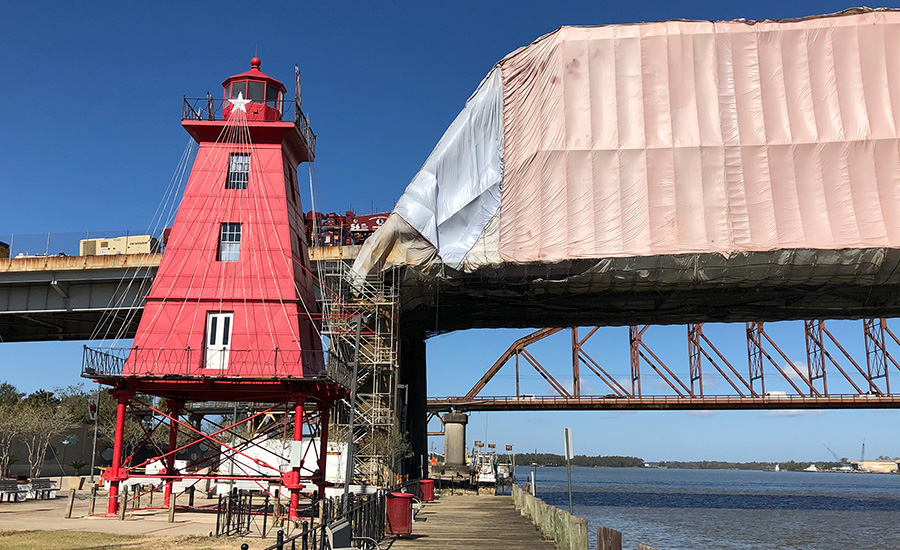
As Simple as a Sandwich
Think about how you package a sandwich for your lunch. The idea is to keep some moisture inside, and liquids, pests, pathogens, and general grossness outside. Containment material: plastic wrap. To eliminate moisture buildup on the inside of plastic wrap, causing unacceptably moist bread, simply place a paper towel as an adsorptive layer inside the plastic wrap. It also doubles as a napkin! Then, of course, the sandwich containment goes into another containment: the paper bag, lunch box, backpack, etc. Then that goes into a car, bus or train, or yet another containment, you get the idea.
Paper Towel = Moisture Control
What are the contaminant(s) that the containment is to control and to what level? Now, let’s step it up a bit.
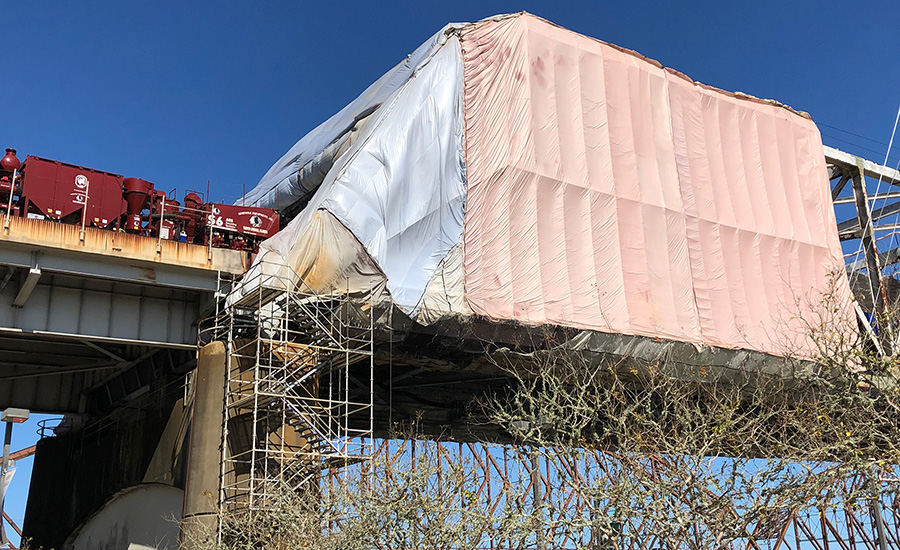
The Built Environment
The idea is to keep some stuff out of building and some stuff in - George Carlin? Air and water leaks increase operational costs, cause physical property damage, reduce the value of the building, and quite possibly can create an unhealthy indoor environment. Since the built environment (homes and commercial buildings) are where most human beings spend most of their time, it deserves the focus of attention it is finally getting.
Think of a building’s roof, walls, and flooring systems; they all are containment for particulate matter. Roofing membranes, exterior cladding, and the vapor barrier under the slab are all there for primary moisture control. The insulation reduces the exchange of thermal energy and may also play a role in moisture control. Building wraps, interior vapor barriers, and even paint and wallpaper all have an effect on how a building breathes or controls the exchange of particulate matter, moisture, and temperature with its outside environment.
Leaks = Money Lost
Contractors often use temporary containment in the built environment. Six-mil poly is the general go-to material, but remember if the contaminants are minimal, such as moisture on a typical water loss, 1-3 mil poly is lighter, cheaper, and sufficient. If a little moisture escapes your containment, no problem. Uses might include:
- Residential and Commercial: Used for exterior cleaning, damage to building envelope and/or contaminants inside: water, mold, sewage, flood waters, renovations, etc.
- Institutional: Hospitals require a multitude of containments. Also consider schools, government buildings, jails, etc.
- Monuments: Cleaning and maintenance from pressure washing to laser cleaning.
What are the contaminant(s) that the containment is to control and to what level? Now we step it up a little more…
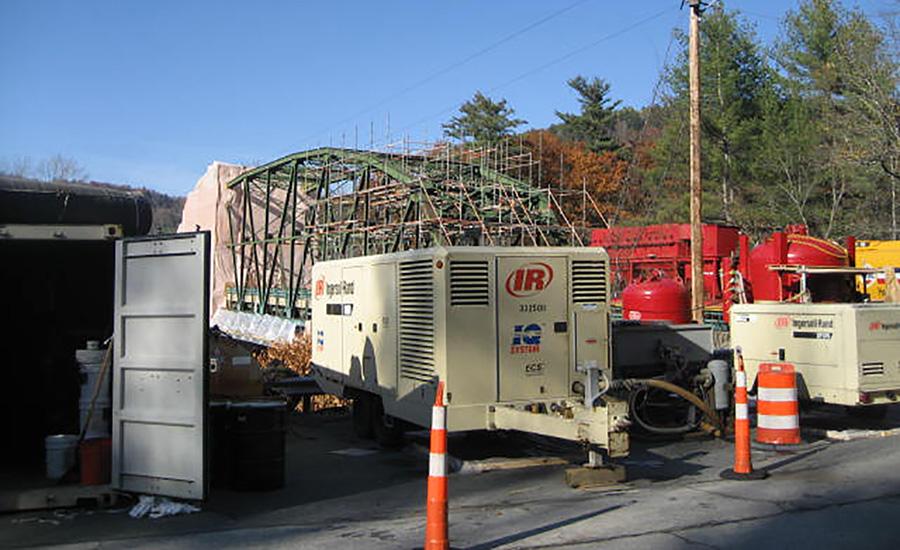
Specialized Industries
How good was that seal on those O-rings or how deep were those cracks in the heat-resistant tiles? Many great lives are lost due to containment failure. “Learn from history,” they say. True, but what if you are making history? Since this is where the most dangerous of human endeavors are carried out, caution is the rule of the day. Containment plays an incredibly important role in these industries. Air, water, and pressurization leaks in these industries can cause problems from simple discomfort to outright instantaneous death.
- Automotive, Marine, Rail: We use containment constantly in the maintenance of our roads and bridges on land and over waterways.
- Industrial: Laboratories have chemical and biological needs. Also consider surface preparation, lead and asbestos abatements, and coatings application at industrial facilities.
- Military: Besides bullets, bombs, body armor, and helmets, you have vehicles, ships, and planes, and they all need to be maintained and stored in containment.
- Aerospace: The cutting edge of containment or isolation systems, temperature, pressurization, solar radiation, micro-meteors, and the truly unknown contaminants that exist out there.
Mistakes = People Lost
What are the contaminant(s) that the containment is to control and to what level? Now it gets serious for all of us…

Nuclear, Biological, and Chemical
When I was a kid, everyone worried about the Atomic bomb, now it’s the COVID bug! Now, we fear the biggest bomb ever made and a pathogen you can’t even see. When these contaminants get in or out, it could be the end of humanity. Earth will reboot from our mistakes. However, even Earth can’t live without the most primary of containments: our Ionosphere and atmosphere. Problems Here = All May be Lost
Let’s talk about containment from R & D through manufacturing, transportation, deployment, and decommissioning:
- Nuclear power and weaponized systems: from the X-ray machine to the Bomb.
- Biological pathogens: both natural and manmade are theoretically contained while they are studied, replicated, developed, and destroyed in laboratories around the globe.
- Chemical: weaponized agents are still illegal to use but stockpiles exist. The largest accidental exposure is manufacturing complexes releasing contaminants into our ground, air, and water or maybe us diluting concentrates without goggles and gloves on.
- Atmosphere: The layers are a defense against “outer space”, where there is no water to drink or air to breathe. Isolation from the rest of the universe is not necessarily a bad thing!
- Ionosphere: Generated by the molten iron core, the Ionosphere protects Earth’s atmosphere from solar radiation that would end all life as we know it on the planet! Now that's containment!
Okay, that’s intense, but truly the most important human contribution to containment may be for all of us to remember to “contain our verbalization just long enough so that we can consider our thought thoroughly before it is released into the atmosphere”… especially the new digital one!
Looking for a reprint of this article?
From high-res PDFs to custom plaques, order your copy today!



